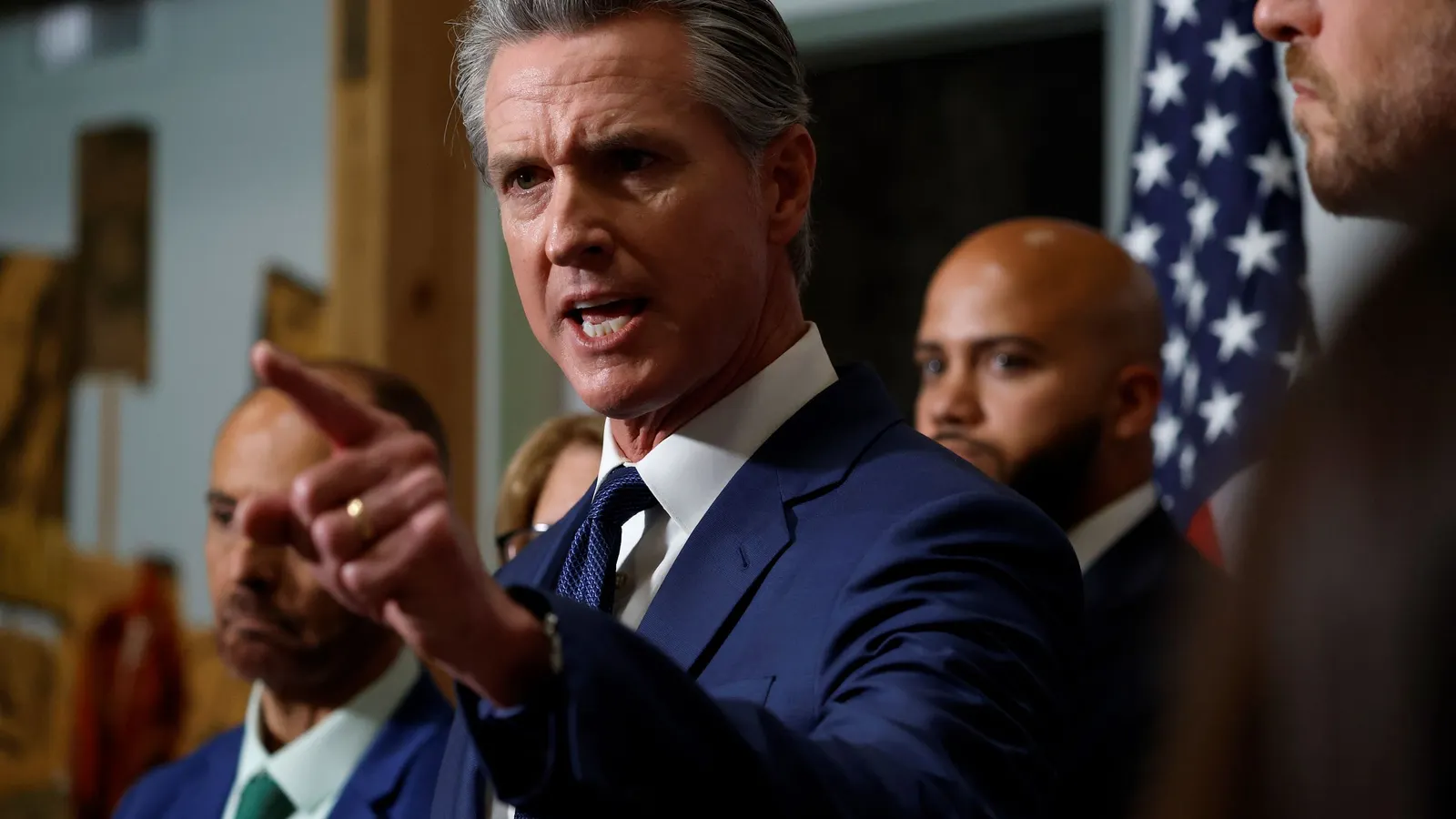California's energy landscape faces a critical juncture as Governor Gavin Newsom vetoed a bill aimed at codifying load flexibility in grid planning. This decision underscores a significant tension between the state's ambitious clean energy goals and the existing resource adequacy framework, which the governor argues the bill fails to align with. The veto has sparked disappointment among clean energy advocates who view it as a missed opportunity to enhance grid resilience and integrate renewable energy sources more effectively. The implications of this decision extend beyond immediate policy; they reflect the ongoing struggle to balance regulatory frameworks with innovative energy solutions in a rapidly evolving market.
The rejection of the bill highlights the need for a more cohesive approach to resource adequacy that accommodates the growing demand for load flexibility. As California continues to transition towards a cleaner energy future, stakeholders must navigate the complexities of grid management while ensuring reliability and sustainability. The governor's stance suggests a preference for a more structured framework that prioritizes existing protocols over new legislative measures. This situation calls for a reevaluation of how flexibility can be incorporated into California's energy strategy, emphasizing the importance of collaboration among policymakers, utilities, and clean energy advocates to foster a more resilient and adaptable grid.







